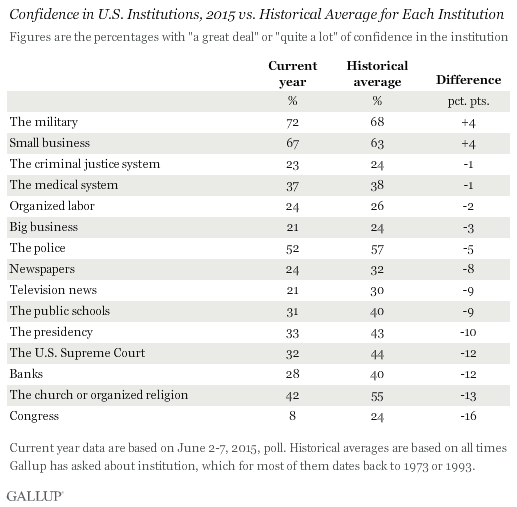InnovationEnterprise: “Getting around any big city can be a real pain. Traffic jams seem to be a constant complaint, and simply getting to work can turn into a chore, even on the best of days. With more people than ever before flocking to the world’s major metropolitan areas, the issues of crowding and inefficient transportation only stand to get much worse. Luckily, the traditional methods of managing public transportation could be on the verge of changing thanks to advances in big data. While big data use cases have been a part of the business world for years now, city planners and transportation experts are quickly realizing how valuable it can be when making improvements to city transportation. That hour long commute may no longer be something travelers will have to worry about in the future.
In much the same way that big data has transformed businesses around the world by offering greater insight in the behavior of their customers, it can also provide a deeper look at travellers. Like retail customers, commuters have certain patterns they like to keep to when on the road or riding the rails. Travellers also have their own motivations and desires, and getting to the heart of their actions is all part of what big data analytics is about. By analyzing these actions and the factors that go into them, transportation experts can gain a better understanding of why people choose certain routes or why they prefer one method of transportation over another. Based on these findings, planners can then figure out where to focus their efforts and respond to the needs of millions of commuters.
Gathering the accurate data needed to make knowledgeable decisions regarding city transportation can be a challenge in itself, especially considering how many people commute to work in a major city. New methods of data collection have made that effort easier and a lot less costly. One way that’s been implemented is through the gathering of call data records (CDR). From regular transactions made from mobile devices, information about location, time, and duration of an action (like a phone call) can give data scientists the necessary details on where people are traveling to, how long it takes them to get to their destination, and other useful statistics. The valuable part of this data is the sample size, which provides a much bigger picture of the transportation patterns of travellers.
That’s not the only way cities are using big data to improve public transportation though. Melbourne in Australia has long been considered one of the world’s best cities for public transit, and much of that is thanks to big data. With big data and ad hoc analysis, Melbourne’s acclaimed tram system can automatically reconfigure routes in response to sudden problems or challenges, such as a major city event or natural disaster. Data is also used in this system to fix problems before they turn serious.Sensors located in equipment like tram cars and tracks can detect when maintenance is needed on a specific part. Crews are quickly dispatched to repair what needs fixing, and the tram system continues to run smoothly. This is similar to the idea of the Internet of Things, wherein embedded sensors collect data that is then analyzed to identify problems and improve efficiency.
Sao Paulo, Brazil is another city that sees the value of using big data for its public transportation. The city’s efforts concentrate on improving the management of its bus fleet. With big data collected in real time, the city can get a more accurate picture of just how many people are riding the buses, which routes are on time, how drivers respond to changing conditions, and many other factors. Based off of this information, Sao Paulo can optimize its operations, providing added vehicles where demand is genuine whilst finding which routes are the most efficient. Without big data analytics, this process would have taken a very long time and would likely be hit-or-miss in terms of accuracy, but now, big data provides more certainty in a shorter amount of time….(More)”


